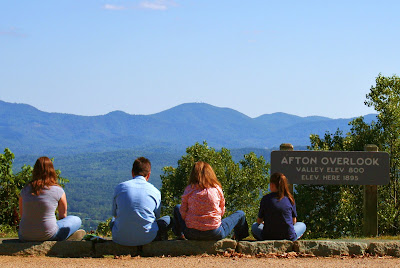It’s been proclaimed the “Year of Henricus” as America’s second successful English settlement moves into its fifth century.
The year was 1611 when the London Company sent Sir Thomas Dale to Virginia to relocate the colony’s seat from Jamestown to a more secure upriver location. Spain at the time was hostile with England, and Jamestown was located in swampland. So it was that the “Citie of Henricus” was established on a bluff on the James River below the falls of present-day Richmond (pictured here).
It was in the Henricus settlement where private land ownership for common people was first introduced in America, and it was here where Pocahontas made her first English home. The first English hospital was developed at Henricus, and this is where North America’s first college was chartered. Tobacco was established as a cash crop here, becoming the first successful export of what would become the United States of America.
Today there is a living history museum on the site.
400th Anniversary Commemoration Events
Henricus Historical Park is commemorating the 400th anniversary in 2011 with a number of events.
On March 26 and 27, the origins of America’s educational system will be highlighted – Henricus College was founded in 1619 – along with the Indian attack led by Chief Powhatan’s brother and successor which destroyed the Citie of Henricus in 1622.
On May 7 and 8, medical care at America’s first hospital – Mount Malady – will be featured with a focus on the workers who were patients there.
Tobacco is the topic on July 23 and 24 with the spotlight on the lives of those who worked the fields, indentured servants and African slaves.
September is the actual 400th anniversary of the settlement’s establishment, and a hundred living history interpreters from across the nation will be on hand to celebrate it. Dubbed “Public Days and the Godspeed”, it is a special event planned for the 17th and 18th.
Henricus Historical Park is open from 10:00 a.m. to 5:00 p.m.Tuesday through Saturday and is located at 251 Henricus Park Road in Chester, Virginia. There is a fee of $8 for adults and $6 for children 3-12.






















